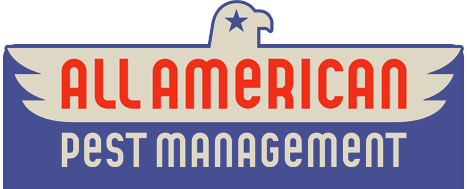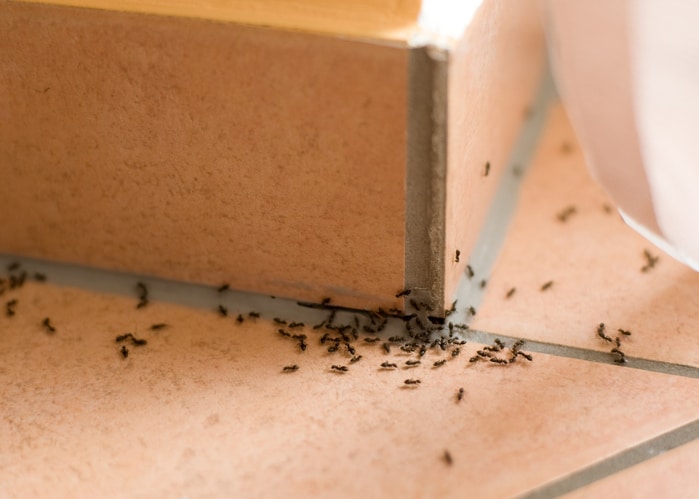How to Get Rid of Ants in the House
An ant infestation isn’t the worst pest problem in the world, since most species of ant commonly found in the home do no real damage. The good news is that out of more than 1,000 or so classified species of ants in North America, only a few species are likely to take shelter in homes, and even fewer are likely to sting or cause damage. The vast majority of ant species are garden dwellers that do more good than harm—such as aerating soil or controlling damaging pests such as aphids. But ants roaming around inside the home are annoying, and they can sometimes spread unwanted bacteria.
The key first step in removing ants from the home is to identify the trails used by worker ants to move to and from the nest. Any visible ants moving inside your home are seeking food, and once they find edible material, the worker ant carries it back to the nest. By doing so, the ant leaves a chemical path, or trail, for its fellow worker ants to follow to collect more food.
This behavior is what makes it possible to combat ants, since you can now fool the worker ants into bringing some form of poisoned food (ant bait) back to the nest.
Avoid the temptation to simply use pesticides to spray visible ants marching along trails inside your home. Pesticide sprays can eliminate a few visible ants, but more will quickly replace them, and you’ll never make real progress to eliminating the infestation. Instead, use these worker ants as the ticket into the colony by placing ant killer for them to carry back to the hidden nest.
Ant baits are edible materials, usually sweet, sugary carbohydrates, mixed with substances that are toxic to ants but which have minimal toxicity to animals or humans. Some ant baits are primarily made from boric acid, a natural substance that is non-toxic to humans when used properly.
Ant baits can be “stations” containing granular materials or liquids that are sprayed onto surfaces. Whatever form of ant bait you use, try to place it close to visible ant trails but outside the reach of pets and children. The bait will work most effectively if you keep other surfaces clean so that the bait is the only sweet substance available to attract the ants.
The worker ants will carry the pesticide bait back to the nest, but it can take several days to eliminate the colony, or even a few weeks if the colony is very large or it has several queens, as some ant species do. You may even need to replace the bait station if the ants empty it. Gradually, though, you will see an end to the infestation.
If you happen to follow ant trails and identify an outdoor nest for the colony, then it may make sense to apply a heavy dose of liquid pesticide that can soak down to reach the queen. Drenching the nest with an approved insecticide spray (following all label directions) can be effective. Make sure, however, to verify that this is the colony creating your indoor infestation problem. Many types of ants are helpful garden creatures that you have no reason to kill.
If you use a general-purpose pesticide to kill ants, be aware that these chemicals can kill helpful insects, such as honeybees and predatory insects, as well as unwanted ants. It’s best to use a selective pesticide that targets only ants, wherever possible.
Sanitation is critical for the prevention and control of any pest. Like all living creatures, ants need water, food, and shelter for survival. Ants leave the shelter of their colony to find food and water. Don’t make it easy for them. Keep foods sealed, floors swept, and all surfaces cleaned. Be especially careful to keep things clean while you are targeting the nest, as this will make the sweet ant bait the only thing available to the ants. But don’t clean away the ant trails until you have eliminated the infestation, as these trails will allow the ants to find your bait and carry it back to the nest. Once you get rid of the ants, clean up the trail surfaces and keep them clean.





